परिचय
Chandragupta II, honored by the legendary title Vikramaditya, stands as one of the most celebrated emperors of the Gupta dynasty. His rule, spanning approximately from 380 to 415 CE, marked the apex of the Gupta Empire—an era often called the “Golden Age” of ancient India due to tremendous achievements in art, literature, architecture, science, and governance. Under Chandragupta II, Gupta territory expanded farther west and south through military conquest, strategic diplomacy, and marital alliances, bringing new prosperity and cultural unity to the subcontinent.
Origins and Succession
Chandragupta II was the son of the illustrious Samudragupta and queen Datta Devi and the grandson of Chandragupta I, inheriting a vast and culturally rich realm. Remarkably, tradition attributes his accession to the throne to his displacement of an older brother, Ramagupta—a tale blending political intrigue with heroic folklore that is still debated by historians.
With his ascension, Chandragupta II continued and accelerated his father’s policies of imperial expansion, deliberate cultural patronage, and strong central governance.
Expansion: Military Campaigns and Strategic Alliances
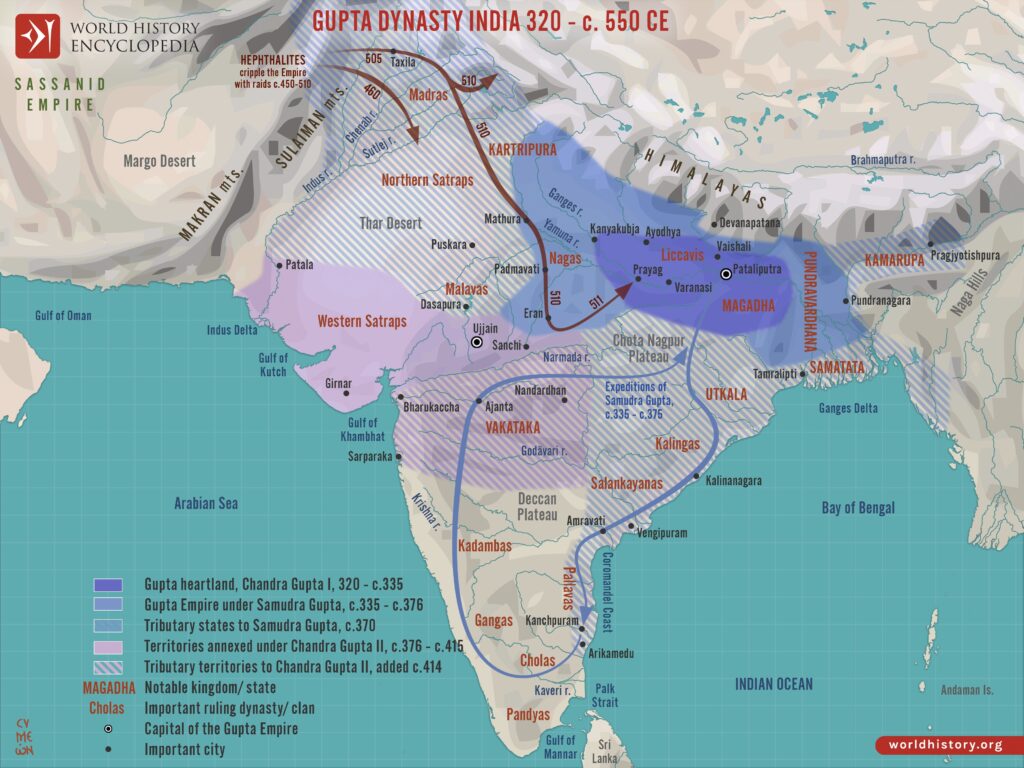
Conquest of the Western Kshatrapas
Chandragupta II’s military feats are most famously marked by his conquest of the Western Kshatrapas (Shakas), who had ruled regions of Gujarat, Saurashtra, Malwa, and parts of western India as semi-independent satraps since the fall of the Mauryas. Historic and numismatic evidence (notably coins and inscriptions) attests that he defeated the last great Kshatrapa ruler, Rudrasimha III, around 395–409 CE, thereby extending Gupta rule to the western coast and securing valuable trade routes.
Diplomatic and Marital Alliances
Political marriages also strengthened Gupta influence:
- Prabhavatigupta, Chandragupta’s daughter, married Rudrasena II, king of the Vakatakas—a powerful Deccan dynasty. Upon her husband’s death, she acted as regent for her minor sons, cementing Gupta dominance in the Deccan for over two decades.
- Other potential alliances are suggested with rulers in Mysore and Karnataka, either through direct ties or indirect vassalization.
Zenith of the Empire: Administration and Prosperity
The vast territory amassed under Chandragupta II was administered with an increasingly sophisticated bureaucracy:
- Central and Provincial Governance: Major provinces (bhuktis) were led by royal officials (Uparika), supported by a tiered structure of local administration. The Damodarpur copper plate inscriptions reveal the depth and efficiency of his governance.
- Economic Growth: The annexation of critical western regions, especially Gujarat and Malwa, granted Gupta rulers direct access to lucrative seaports and inland trade, fostering commerce with the Roman Empire, Southeast Asia, and beyond.
- Coinage and Inscriptions: Gupta gold and silver coins, inscribed in Brahmi script and often featuring deities, the royal family, or titles like Vikramaditya (“Sun of Valour”), signified both economic vitality and imperial ideology.
The Legendary Vikramaditya
Chandragupta II became synonymous with “Vikramaditya,” a semi-legendary monarch “idealized” in Indian folklore. The heroic tales of Vikramaditya, including stories of his wisdom, generosity, and justice as well as his defeat of the Shakas, likely originated from Chandragupta II’s real conquests and later grew into mythic proportions.
Patron of the Arts, Sciences, and Learning
Chandragupta II’s reign is especially remembered for cultural efflorescence:
- Navaratnas (Nine Gems): Legends speak of his court being adorned by the “Navaratnas,” including such luminaries as the poet and playwright कालिदास and the astronomer-mathematician Varahamihira, though the historicity and exact identities of all nine are debated.
- Literature and Language: This period saw the elevation of Sanskrit as the language of literature, administration, and the arts, with celebrated works in drama, poetry, and learning produced.
- Architecture and Sculpture: Grandeur flourished—cities like Ujjain (his secondary capital) became hubs of art, commerce, and spirituality. The construction of monumental cave shrines at Udayagiri and the famed दिल्ली का लौह स्तंभ—inscribed in praise of “King Chandra,” identified with Chandragupta II—attest to the era’s technological and artistic prowess.
Social Harmony and Religious Life
- Religiously Inclusive: Although personally a devout Vaishnavite (follower of Vishnu), Chandragupta II promoted pluralism—temples, Buddhist viharas, and Jain shrines all found patronage.
- Faxian’s Account: The Chinese Buddhist pilgrim Faxian traveled through India during this reign (405–411 CE), describing a peaceful and prosperous society with free hospitals, rest houses, and wide social harmony. Faxian noted that crime was rare and the regime charitable.
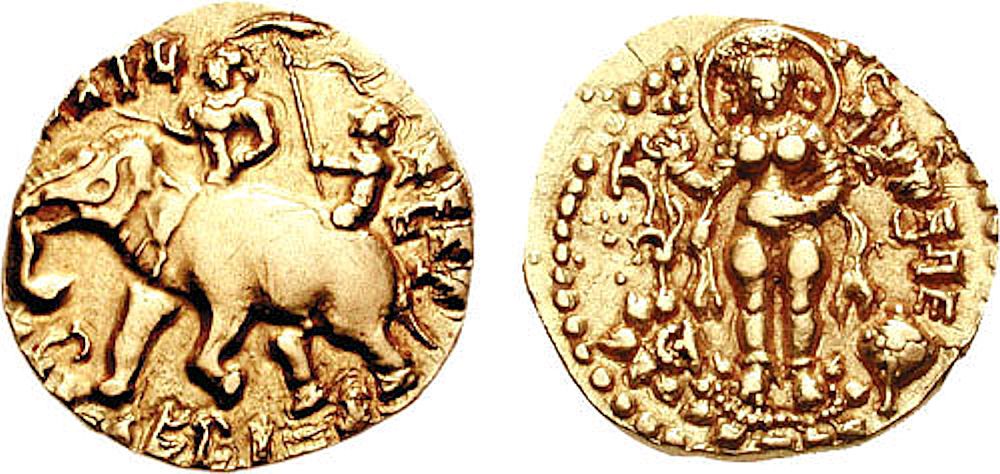
Legacy and Impact
Chandragupta II’s forty-year reign positioned the Gupta Empire as the dominant power in South Asia:
- Political Unification: His victories ended foreign rule in the west and united much of northern and central India under an Indian king.
- Golden Age Defined: The social and economic vibrancy, peace, tolerance, and artistic flourishing of his era became the model for later Indian empires and an idealized past in history and legend.
- Enduring Memory: The stories of “Vikramaditya” continue to inspire Indian literature and culture, blending history with fable.
Interesting Facts
- The Iron Pillar of Delhi: This metallurgical marvel, famed for its rust-resistant composition, bears inscriptions that many scholars identify with Chandragupta II.
- Coinage: His coins minted in large numbers, notably show him defeating a lion or performing royal rituals, symbolizing bravery and authority.
- Faxian’s Praise: The Buddhist monk Faxian called the social structure “orderly,” and found no capital punishment or severe legal retribution in the empire.
- Patronage of Kalidasa: Kalidasa, possibly the greatest Sanskrit poet and dramatist, is widely believed to have flourished at his court, penning works that form the bedrock of classical Indian literature.
निष्कर्ष
The reign of Chandragupta II (Vikramaditya) marked the pinnacle of Ancient India’s classical civilization. His fusion of military brilliance, political acumen, and enlightened patronage created an enduring legacy of unity, culture, and prosperity. The ideals of governance, tolerance, and artistic excellence set in his era deeply influenced both later Indian monarchies and the subcontinent’s collective memory of its “Golden Age.”

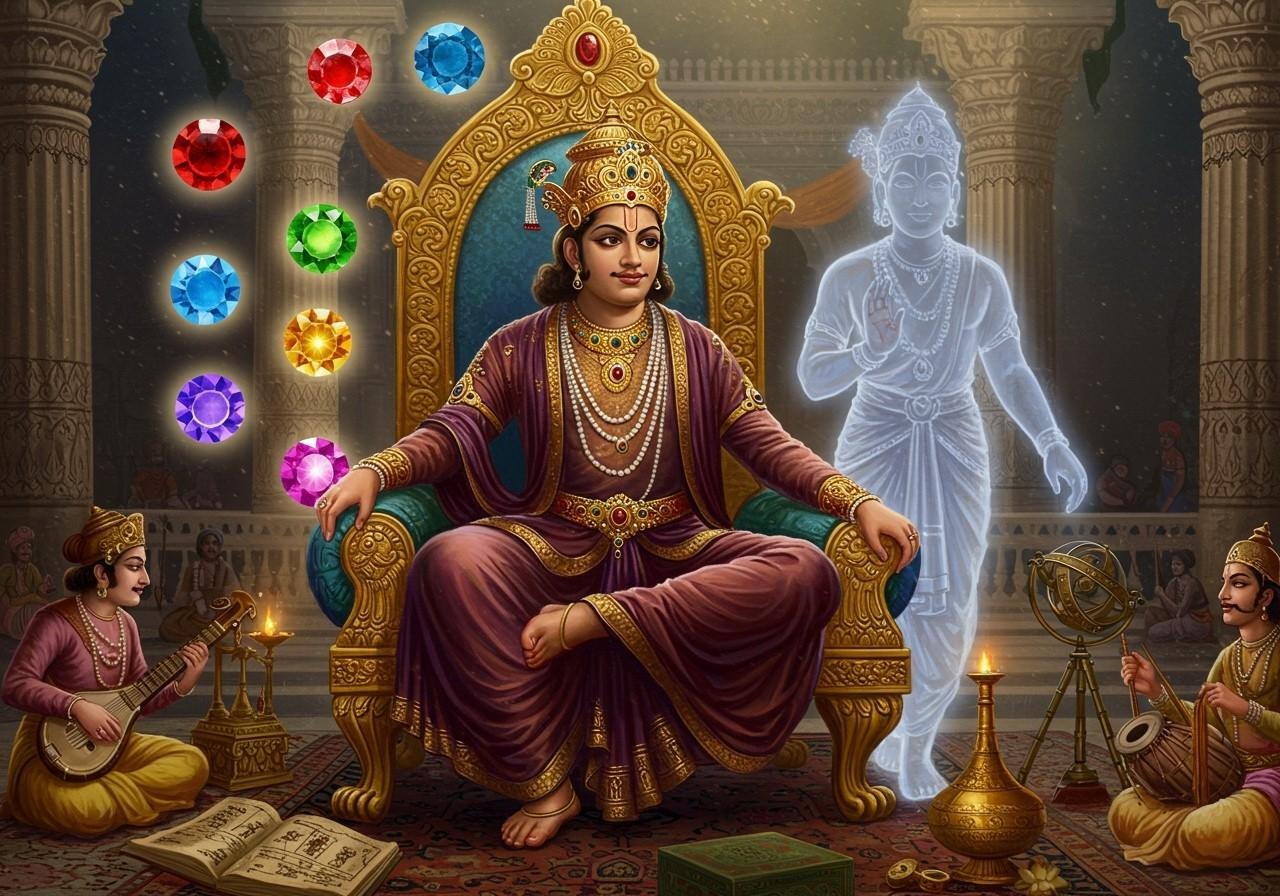
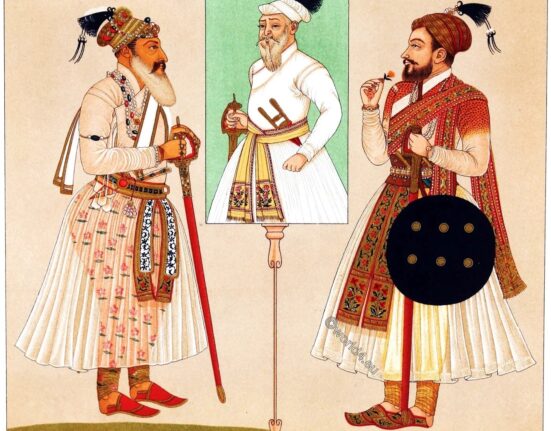
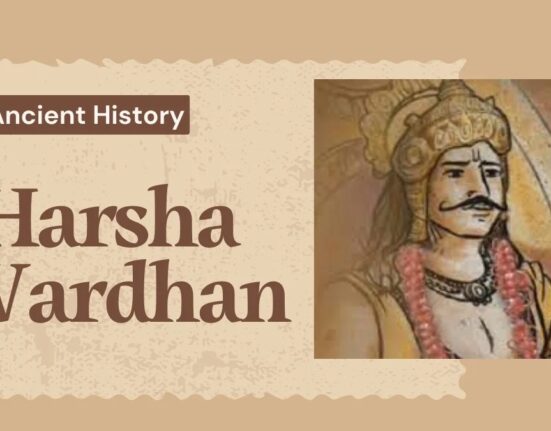
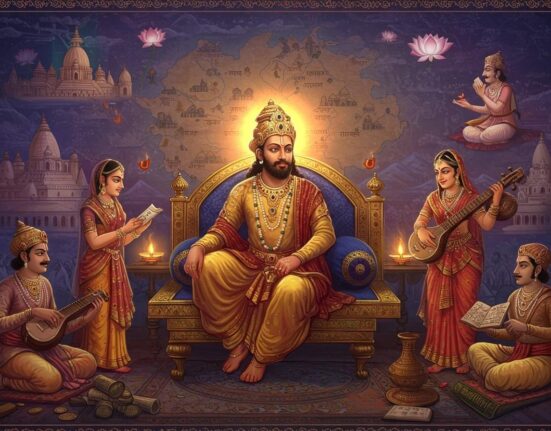
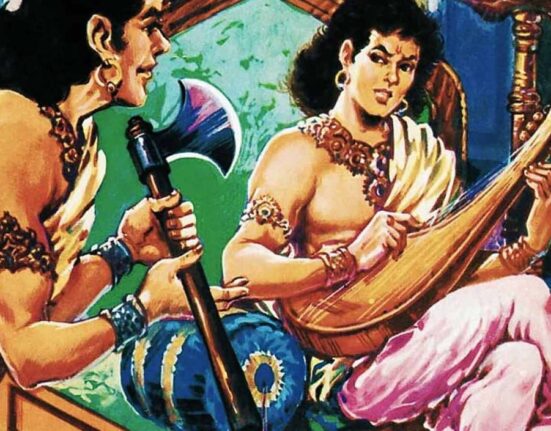

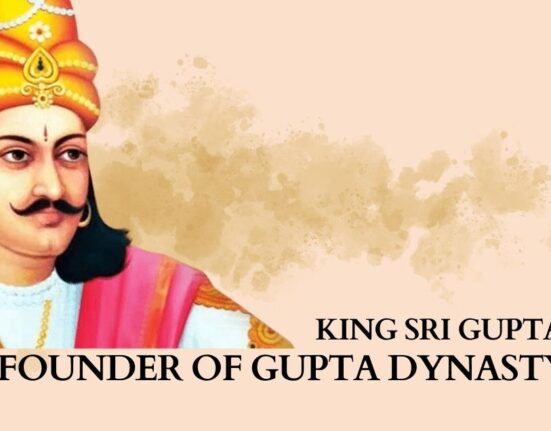
इस बारे में प्रतिक्रिया दें